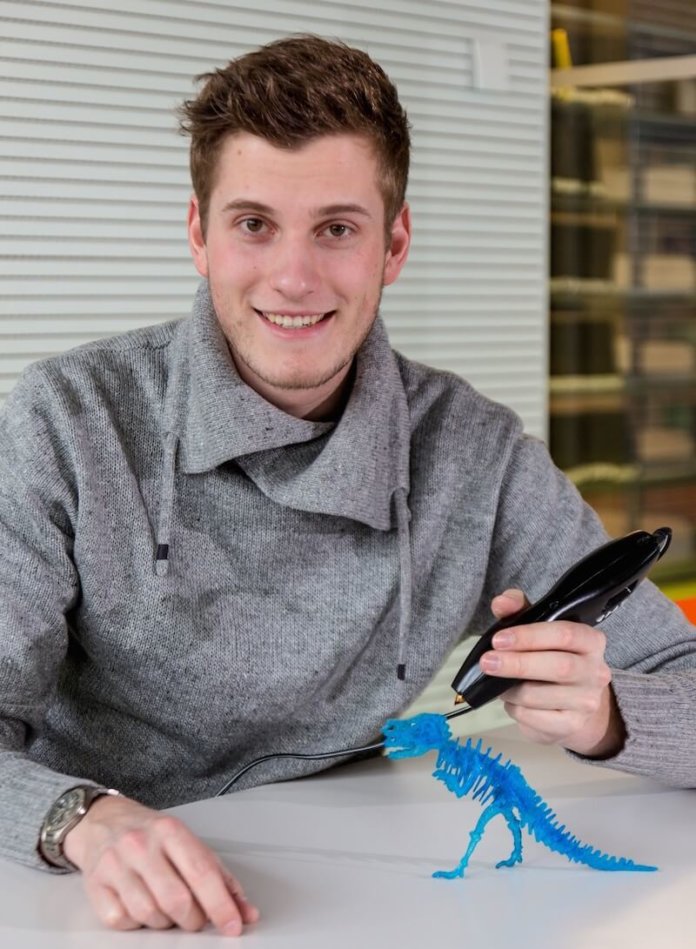
Interview with 3Dsimo founder David Paskevic
3D printing is all the rage, and recent years have seen the technology being used to create all sorts of things from extra parts in the International Space Station to entire houses in China. According to Wohlers Report 2015, the market for 3D printing grew at a compound annual growth rate 35.2% to $4.1 billion, expanding by more than $1 billion in 2014 alone. With the technology becoming increasingly commonplace, its uses have gone far beyond the conventional industrial use. In this exclusive interview with Tharawat, David Paskevic of the 3D printing company 3Dsimo talks about the creative uses of his state-of-the-art hand-held 3D pen and how it can help realise your imagination.
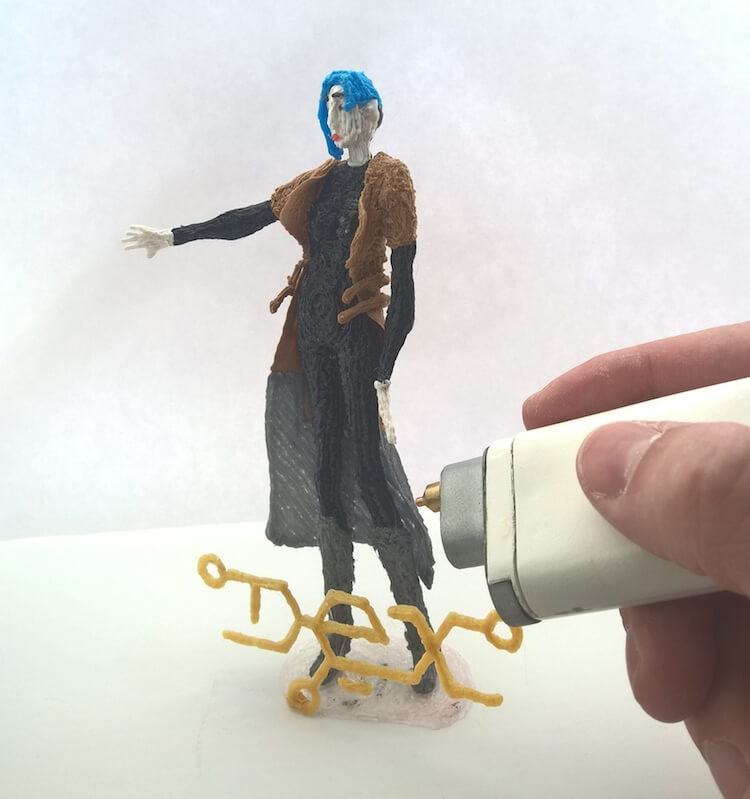
What is your background, and what got you started in 3D printing?
I studied at the Czech Technical University with a degree in electronics and a focus in robotics. At the time, I was involved in a company that developed and sold desktop 3D printers. I also taught courses for younger students interested in robotics and modeling. It was then when I came up with the idea of creating a 3D pen. Initially, I had conceived it only as a helpful tool for specialists in the field of 3D printing. But when I showed the first prototype to my students I realized that it could be used as a creative toy and artistic tool.
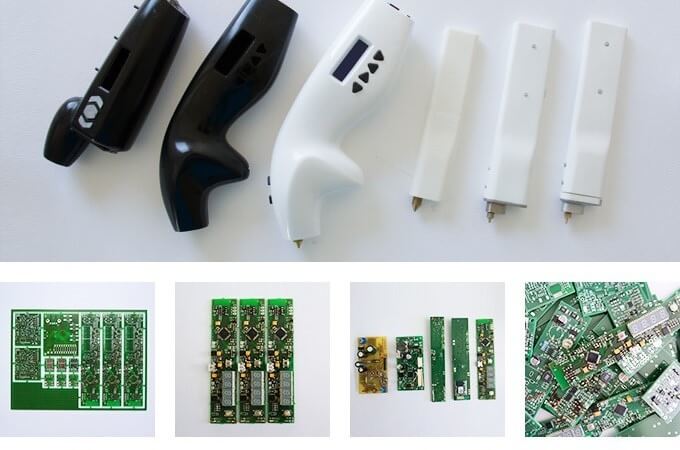
What is a 3D printing pen is and how does it work?
A 3D printing pen is a tool that enables you to “print”, or create 3D objects directly into the air. Unlike a conventional desktop 3D printer, a 3D pen gives you total control over your creation because you are printing directly from the pen in your hand, meaning that it opens up new forms of creativity. You don’t need to produce complex models on computer software, but instead simply “draw” your creation into the air. This means that you can essentially create anything with ease and with no prior experience; the only limit is your imagination.

Tell us about your company 3Dsimo. What made you decide to start the enterprise?
After I developed the prototype for my 3D pen, I began turning it into a business by September 2013. First, we presented my pen called the 3Dsimo on the Indiegogo portal where we quickly received 320 preorders. At the same time, we established our company (also called 3Dsimo) in the Czech Republic, which then expanded to an additional branch in California. Until today, we have sold more than 5,000 3Dsimos, which is not a bad result but we certainly have greater goals. In the two years since we have been on the market, we have managed to build up a solid distribution network, mainly across Europe.
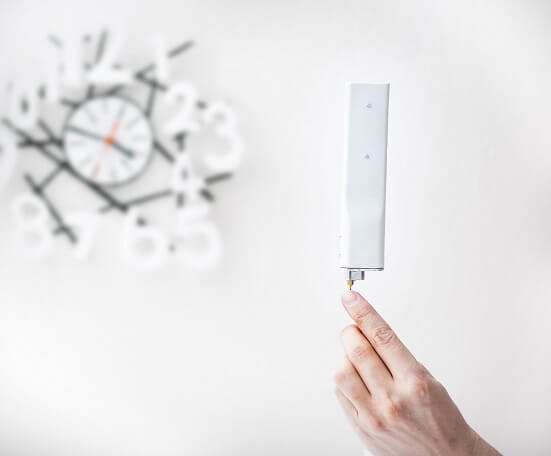
Tell us about your flagship products, the 3DSimo and 3DSimo Mini.
The 3Dsimo is the original 3D printing pen that I developed, and it was the first in the world that provided the user with the ability to choose print options on a digital display on the printer. It also allowed the user to adjust the temperature and speed of the printing materials, making it a very flexible and versatile device. We developed the product based on the principle of FDM technology, which simply means extruding plastic material through the hot ending.
The 3Dsimo can be used not only for creating 2D or 3D models and even jewelry, but also to repair a variety of plastic products. Our customers have used it to repair pumps, refrigerators, TV‘s, mobile phone covers, elastic bracelets, and much more.
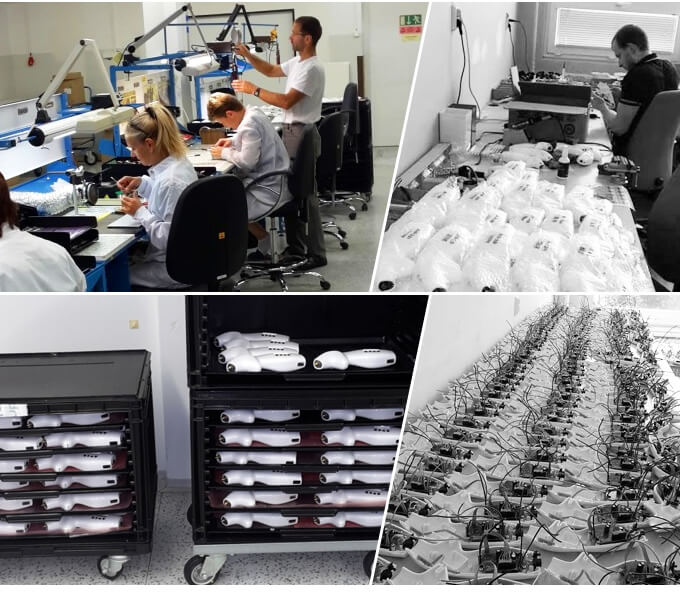
It also became clear that we needed to expand our line of products so we began developing the 3Dsimo mini. The 3Dsimo mini has all the functionality of the old pen, but it is smarter and can do more things. For instance, the 3Dsimo mini has extra removable extension pieces that can be swapped out for different tasks such as soldering, cutting into foam materials, burning into wood and leather, and so forth.
Development for the 3Dsimo mini lasted 16 months and now that it is ready we are looking to get financing for wholesale production. Our first step is to launch a Kickstarter campaign to gain funding.
We also developed a portable charger in the form of a bracelet with a magnet attachment, LED display and short circuit protection. This charger has enough to fully charge the battery of your smartphone or any electrical device that uses a micro USB charging port. When you use it as a power source for your 3Dsimo mini, it gives you up to one hour of battery life.
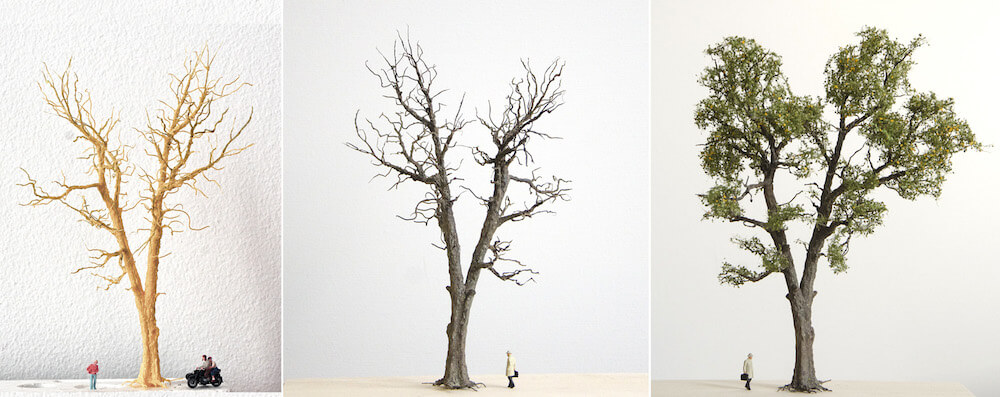
What were the greatest challenges you faced as an entrepreneur for 3Dsimo?
The biggest challenge was not inventing the product, but bringing the product into mass production, because it required a lot of money and experience. That is not to say that the prototype development was easy; the 3Dsimo consists of 53 components and 2,000 mechanical pieces that gave us no room for mistakes. However, we found the mass production particularly difficult because we had to start from scratch in terms of funding and experience. It was also very challenging to find capable and reliable partners for the mass production process, but thanks to the great commitment of our team, we were successful. We made a lot of mistakes, but we definitely learned our lessons.
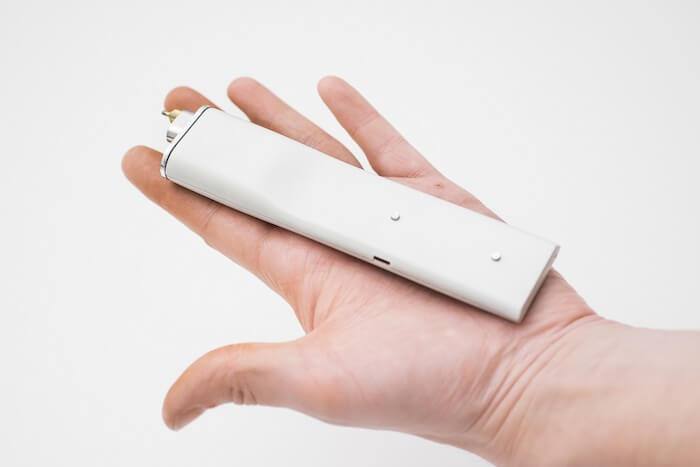
What are the current trends of 3D printing and what role will the 3DSimo play in it?
3D printing itself is actually a relatively old technology because the first patents were submitted as early as 1980. But about five years ago, the sector suddenly began to grow thanks to a few groundbreaking patents. I am glad that more and more companies are engaging in this segment because it helps with technological growth and development. However, contrary to what the media likes to say, 3D printing is not a completely perfect and easy process. The truth is that you need a certain skill set for typical 3D production.
On the other hand, the 3Dsimo is designed in particular for modelers, designers, electrical engineers, and for all creative souls. It’s the perfect gadget for making repairs but above all, it is a creative tool for self-expression. I think this ability to bring creative 3D printing to the masses is what separates the 3Dsimo from the other typical 3D products on the market.
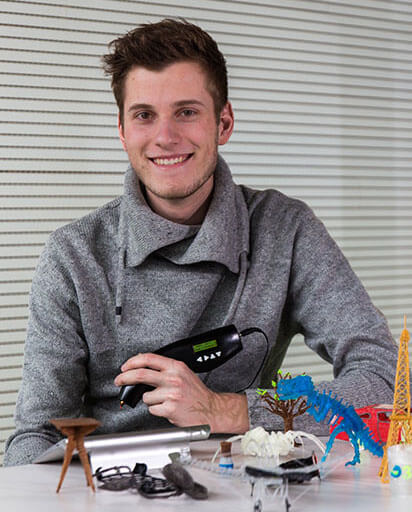
Both the company and product are young. What are the things you have learned so far and how do you plan on achieving growth going forward?
That’s very difficult question to answer in few sentences. When you start a company as an entrepreneur, it can initially be easy to manage thanks to the smaller scale, but once you begin to employ more people and have to pay them every month, it suddenly becomes much more difficult. Other than the financial costs, you also have the complex task of learning how to manage the company, your employees, as well as your suppliers. I have to say that I don’t think there is any school that can fully prepare you for the journey of being an entrepreneur.
I like to think that we have a company with great people working alongside me. We all are highly committed to developing something special and pushing the boundaries. Our products are truly unique and we strongly believe that they will not only help us gain customers but that we will be able to go further in developing new, innovative products.
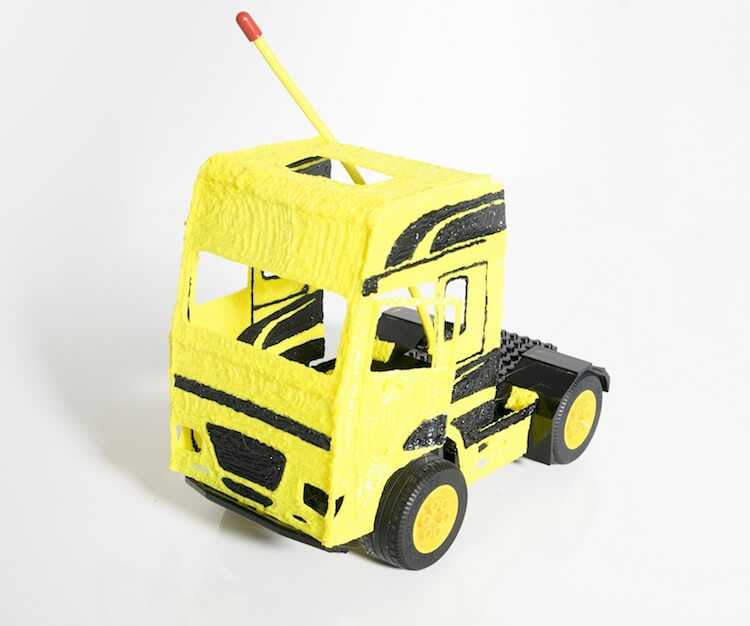
What do you think it takes to succeed in such a fast moving and competitive field?
Each technological sector charges forward at a rapid pace, and almost every day some company comes up with a new idea. Products you buy today will be quite old in a few months time. My opinion is that if somebody wants to be successful in this field of business, then the person or company has to continue pushing the boundaries. It doesn’t matter if you don’t succeed instantly because you can succeed in due time. Fortunately for us, the field of 3D printing is not tremendously competitive, as there are only a few companies and even less that are able to come up with something really new. Do you know what our biggest advantage is? We love our work and are ready to learn from our failures.
What is your vision for both the company and product?
Our vision is to succeed on U.S. market, as it is simultaneously one of the biggest markets and the most challenging. To achieve our vision we are beginning a Kickstarter campaign which will hopefully give us an idea of the kind of interest that exists in the market. Our target is to sell at least 2,000 devices during the campaign. We also want to work more with our existing client base.
Where do you see yourself and the company in five years?
In five years, our company will have much more employees and run its own factory. It will also be financially self-sufficient ready to invest in new projects. I will be purely focused on products and projects development, able to build on the experiences gathered from the past years. That is my dream, and I sincerely hope it will come true.









